Native Plants
Native plants are a crucial part of a healthy ecosystem! On this page, learn more about:
The Importance of Natives
Why are natives important? Native flora is essential for a balanced ecosystem, providing key elements for animals, pollinators, and the soil itself. Many common plants used in landscaping and design are non-native, taken from a different environment, and placed in new ones. Similarly, these non-natives can escape their manicured confines and start invading the natural spaces around them. Non-natives turned invasive are detrimental as they do not have natural predators in these new ecosystems, and without intervention will eventually take over the entire area.
What is a native species? The term native applies to flora and fauna found in areas before foreign introduction. In the case of the United States, the term "native" refers to species that have been here since before European colonization. These species are adapted specifically for the environment they came from, and best support each other in the delicate balance of the food web. Natives are usually more drought-tolerant, provide food and shelter for wildlife, don’t need additional fertilizers or pesticides, and are aesthetically pleasing. Non-natives sometimes provide food sources for pollinators but are not suited to the climate, so they require more resources which they take away from natives.
How do invasive species become a problem? Invasive species are successful in new areas for a multitude of reasons. The largest contributor to their spread is their seed production. Many invasives produce a large quantity of seeds, allowing them to reach farther than plants with a smaller seed count. Alternatively, they have aggressive root systems that choke out surrounding vegetation and allow them to spread long distances. Invasives love disturbed soil, bare lots, and dug-up areas because they are quick to colonize and spread.
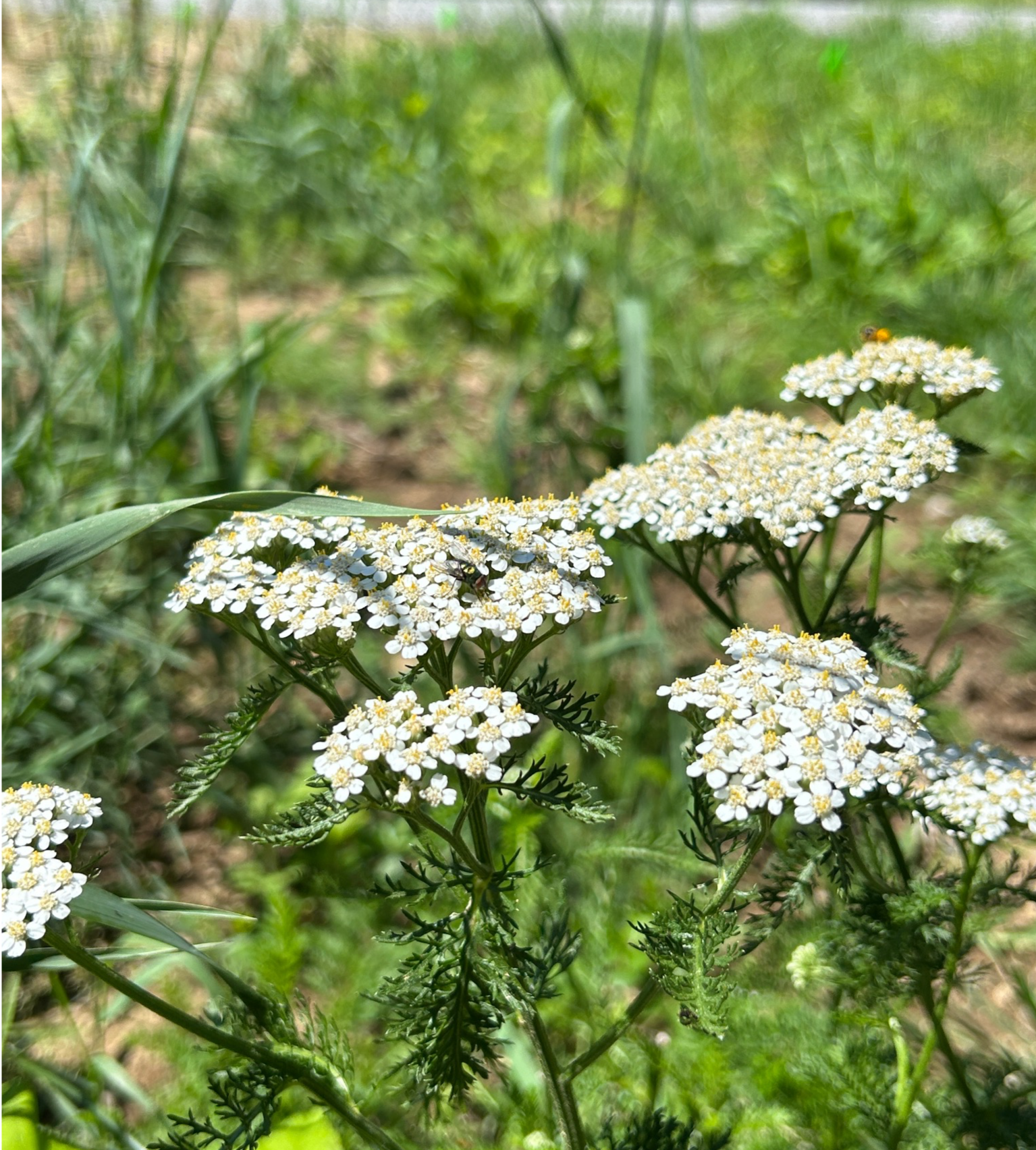
Image Description: Native yarrow flowers at WLT's Chestnut Meadows
Native Trees to Look For on Our Trails
Over the past years, Wilton Land Trust staff, volunteers, and interns have planted native trees and shrubs along the public town trails on our preserves, including Schenck's Island and Gregg's Preserve. These are some of the trees that you can spot while walking these trails!
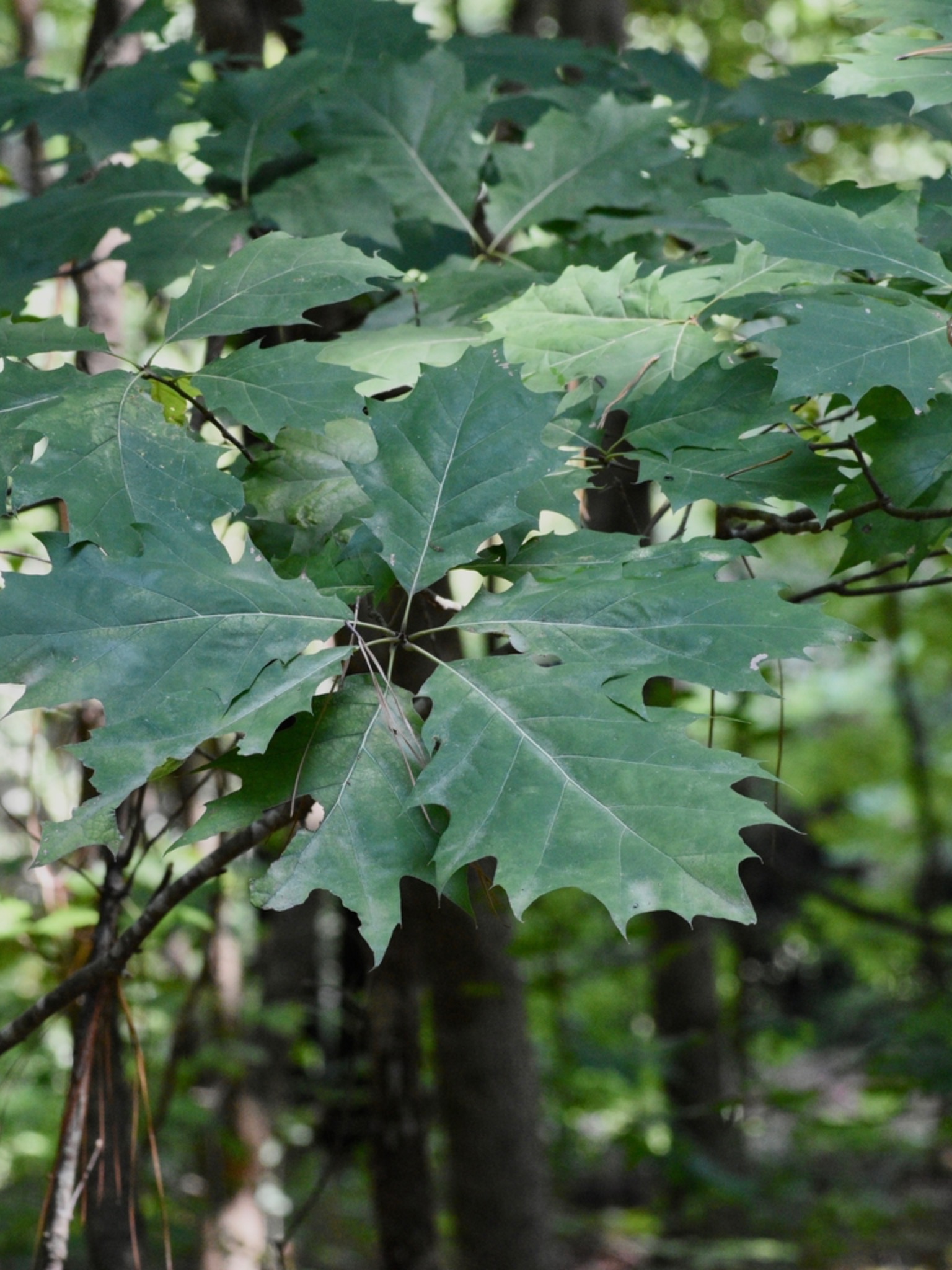
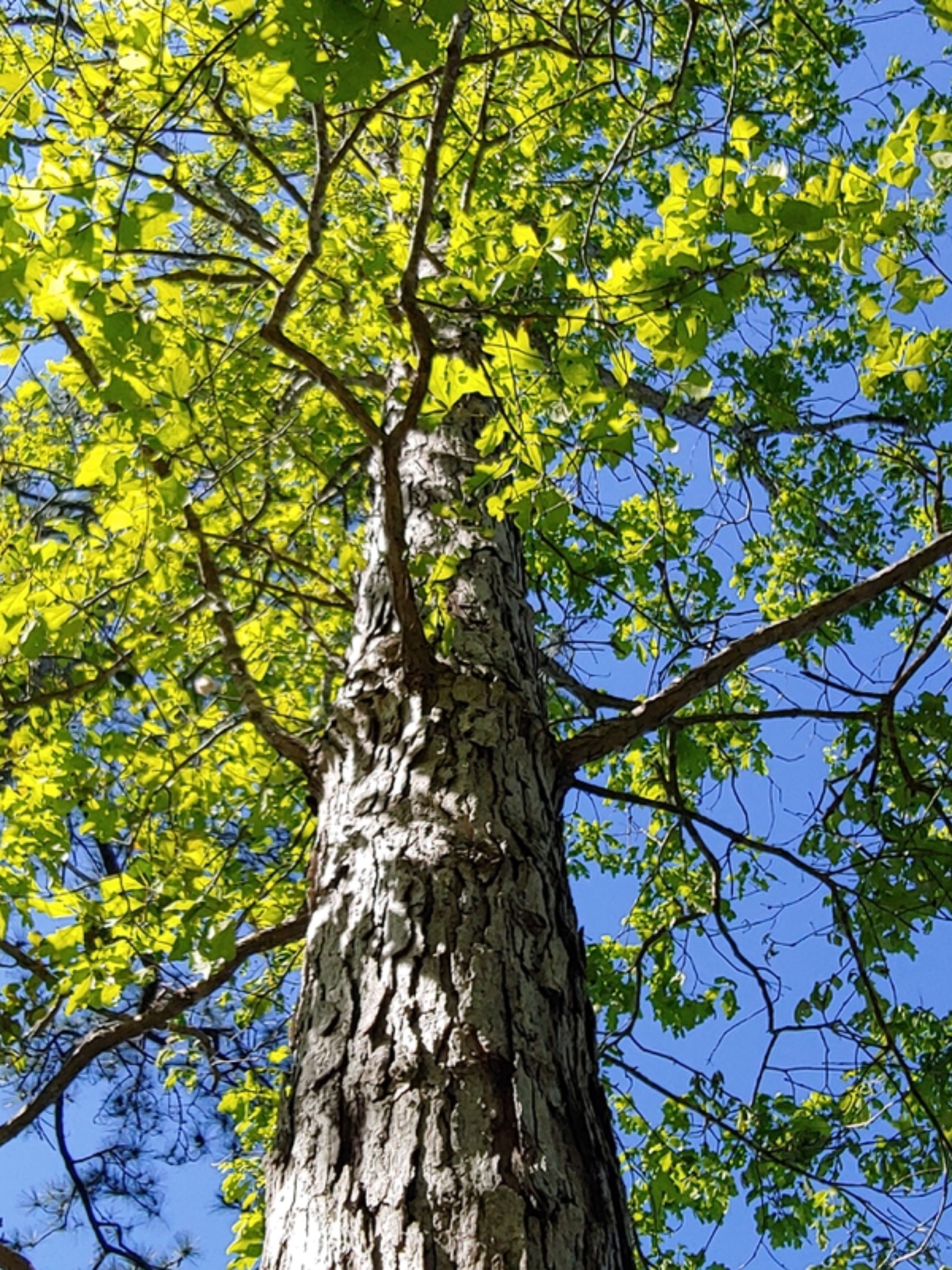
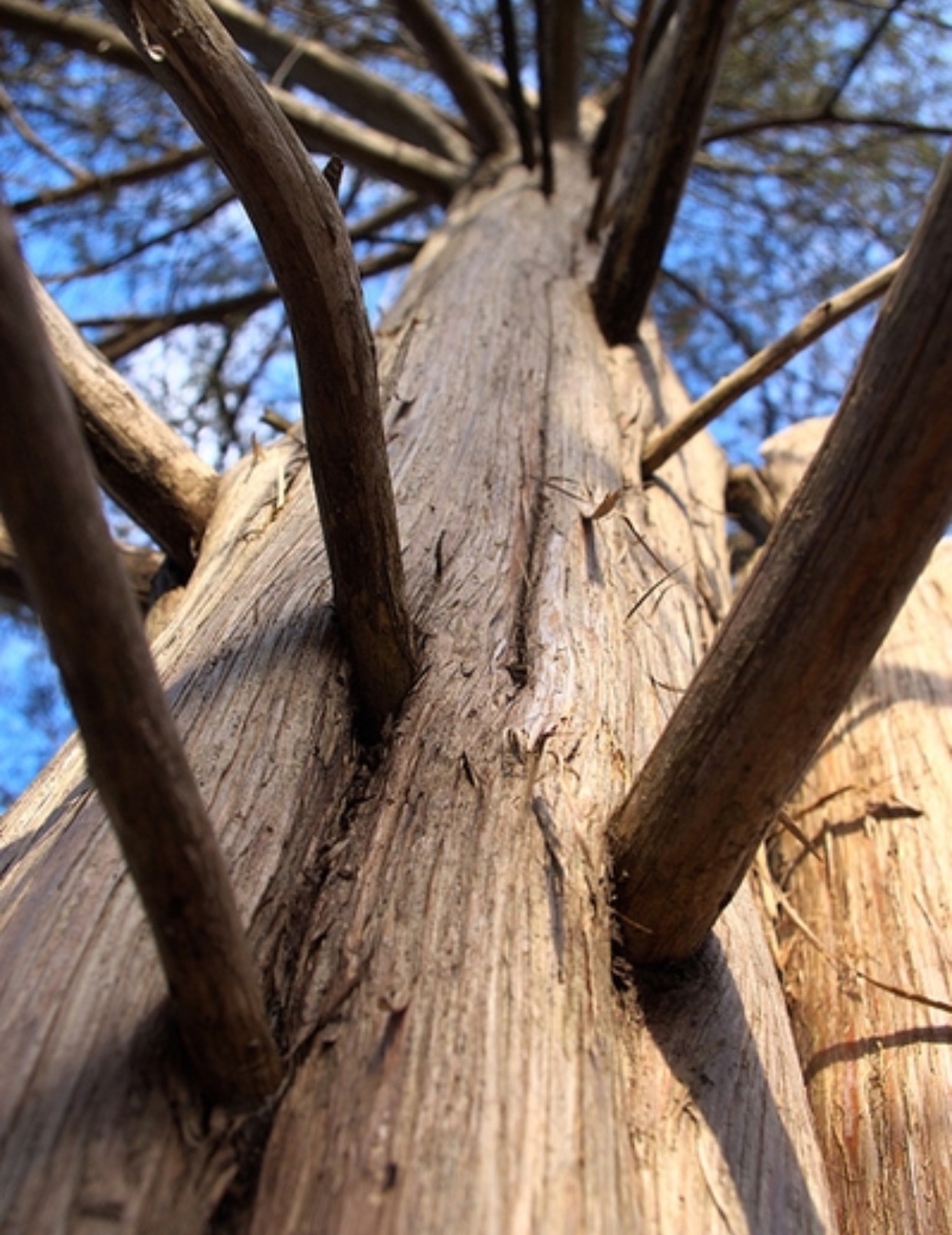
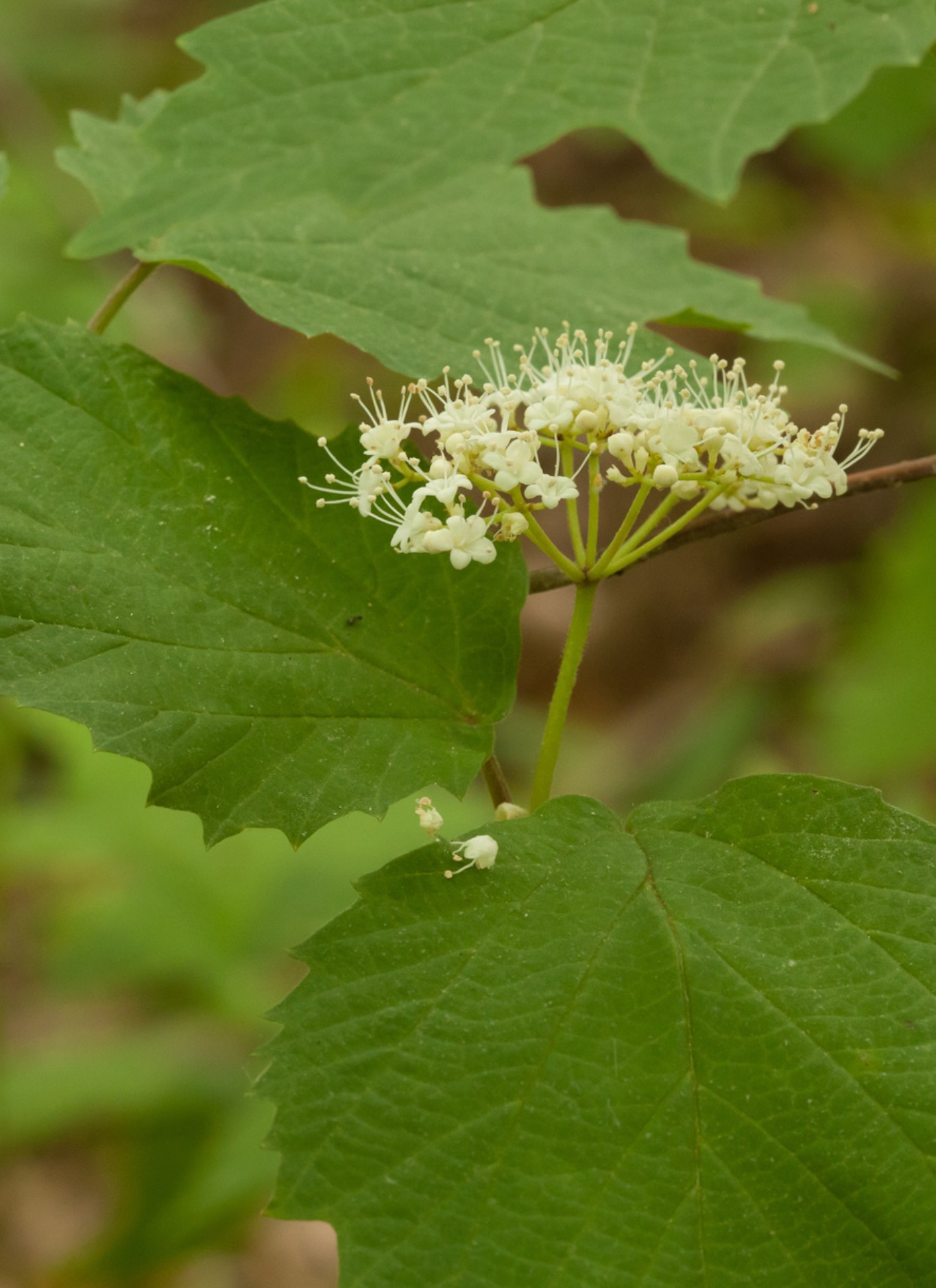
Northern Red Oak
Scientific Name: Quercus rubra
The northern red oak is native to eastern North America, and it can be found in mountainous areas often in ravines or valley floors. This tree is important as a food source for deer, squirrels, and birds, as well as a habitat for many varieties of butterflies. It also has beautiful fall foliage!
White Oak
Scientific Name: Quercus Alba
The white oak is native to the eastern United States. It is drought-tolerant, can adapt to different soil types, and can be found in forested slopes, valleys, and ravines. It offers habitat and food for wildlife, including pollinators like butterflies, moths, and birds.
Eastern Red Cedar
Scientific Name: Juniperus virginiania
The Eastern red cedar is a coniferous tree native to the eastern United States. They can grow to be 30-40 feet tall and 10-20 feet wide. They can also tolerate a wide range of soil conditions and are resistant to damage by deer. They benefit wildlife by offering food, habitat, and cover.
Mapleleaf Viburnum
Scientific Name: Viburnum acerifolium
This shrub is found in the understory of dry or moist forested areas. In late spring and early summer, the shrubs produce white flowers. They are native to the eastern and central United States. The plant is named after its leaves, which are similar in shape to maple leaves. They are also attractive to butterflies!
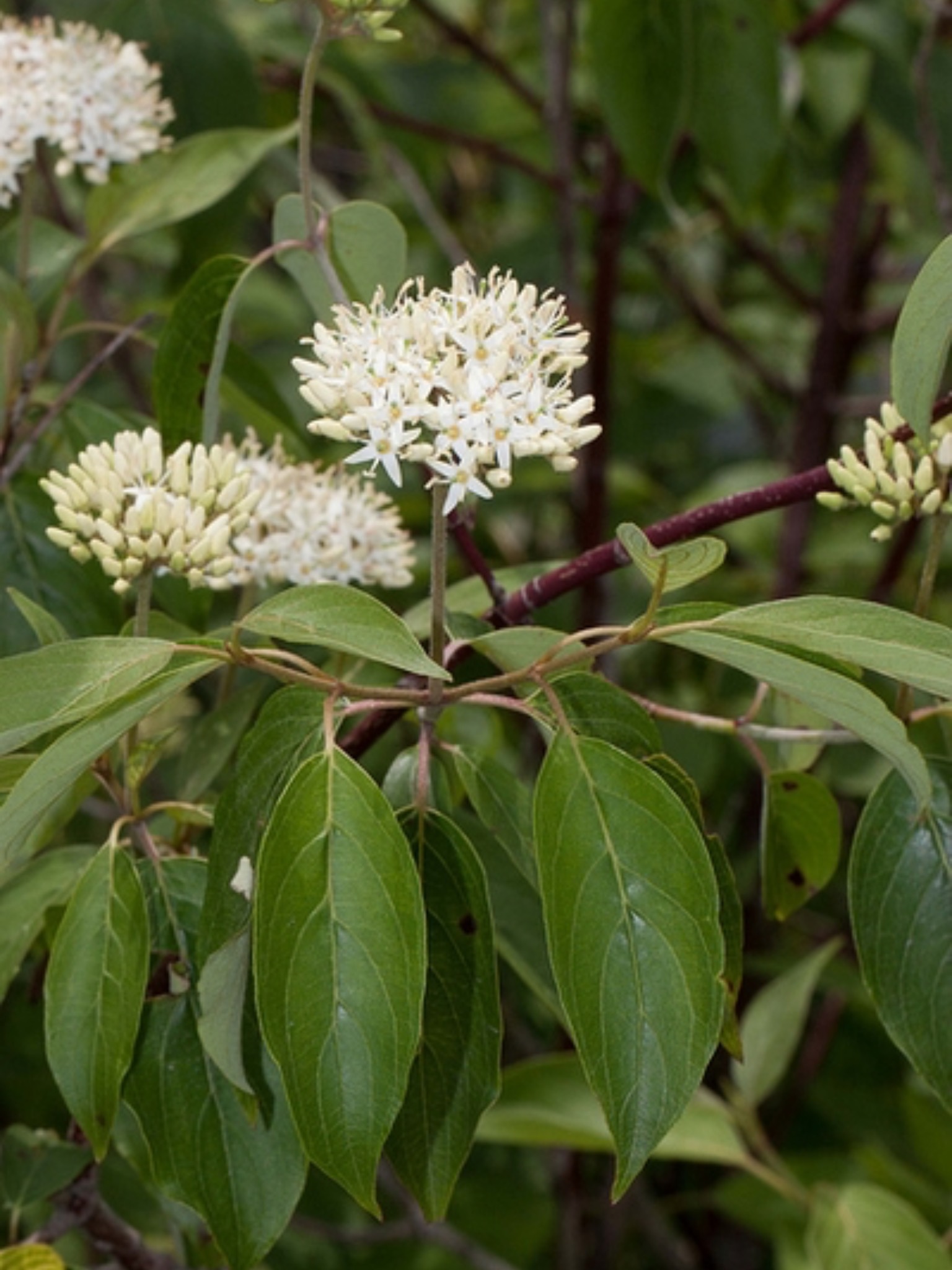
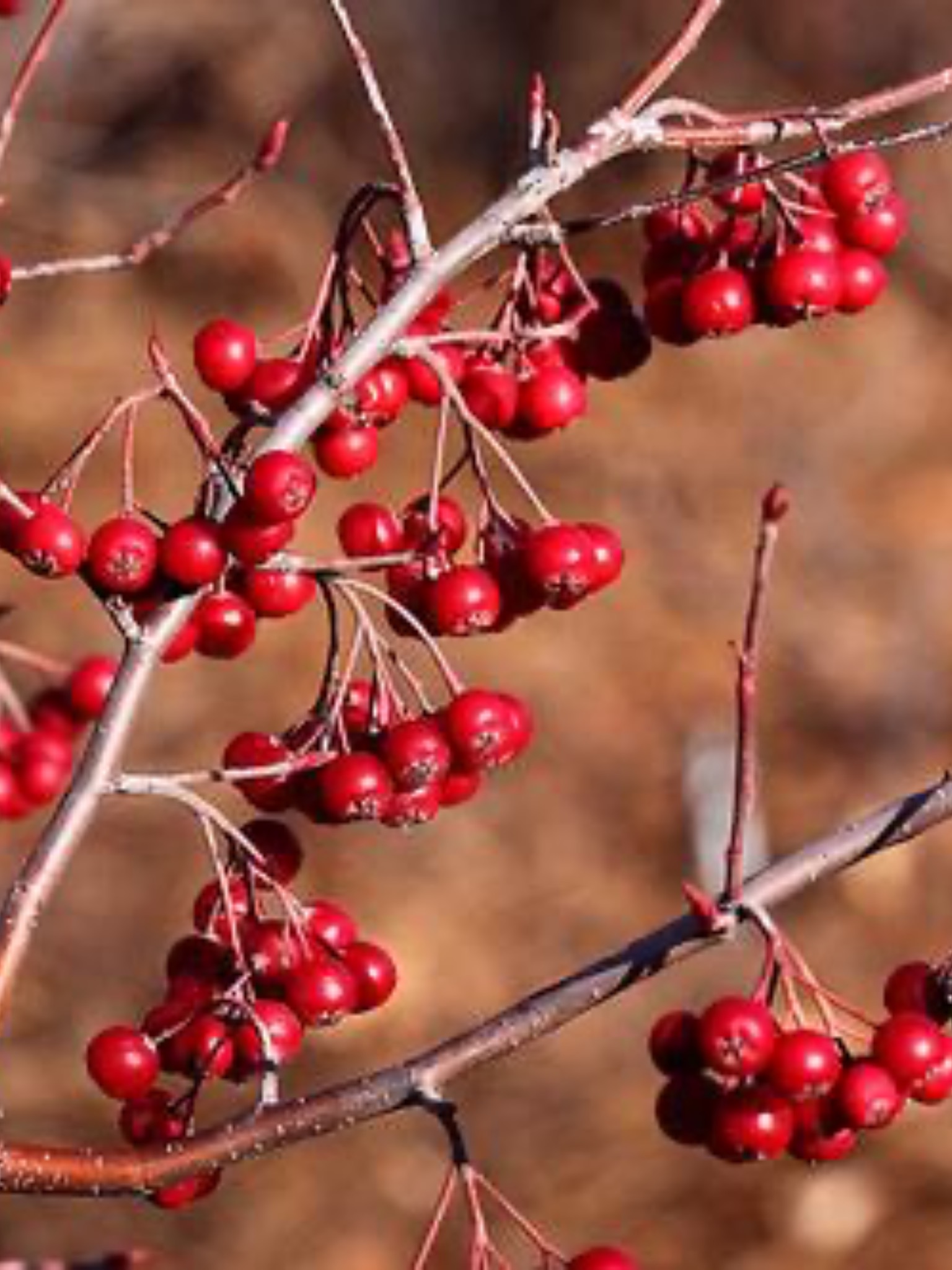
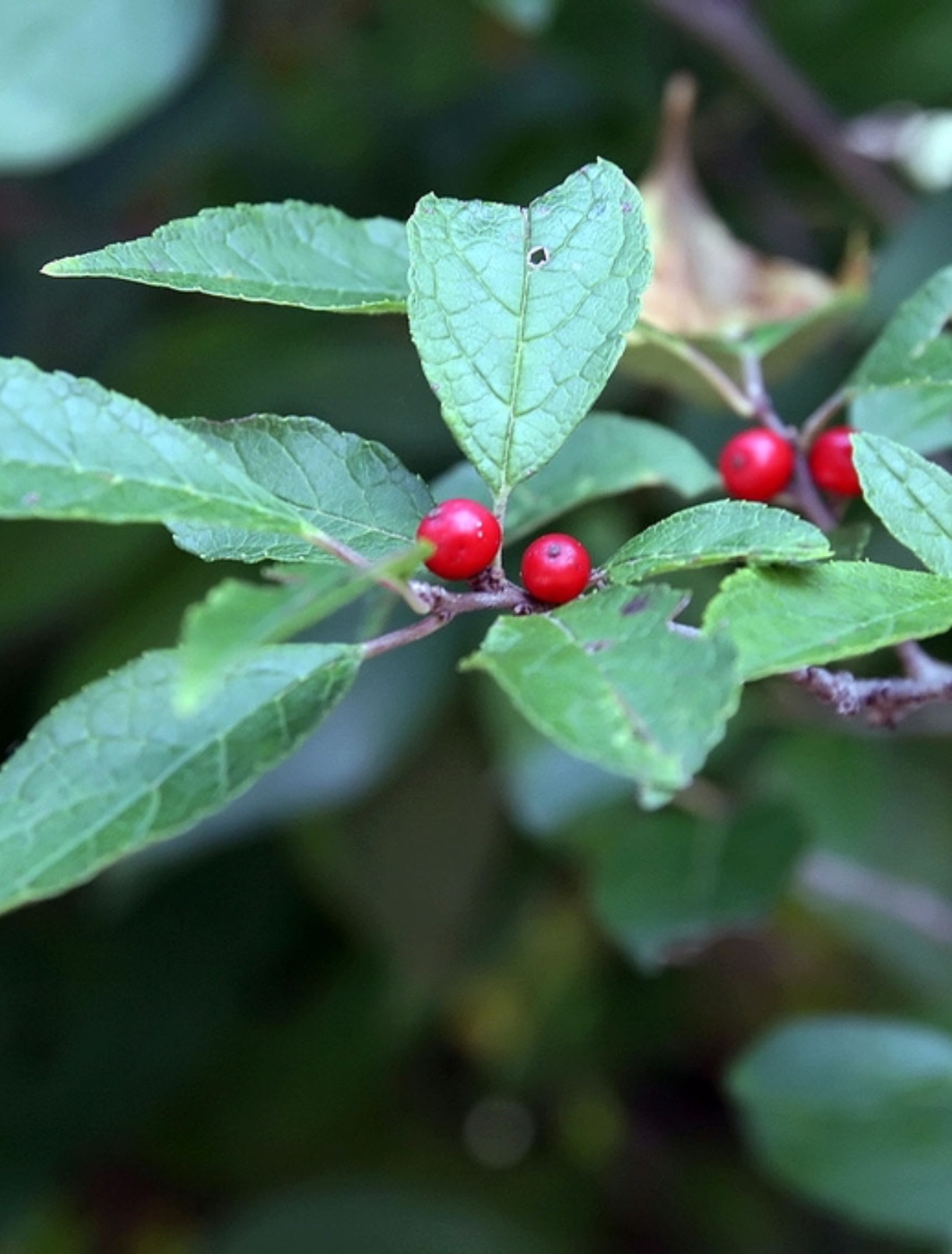
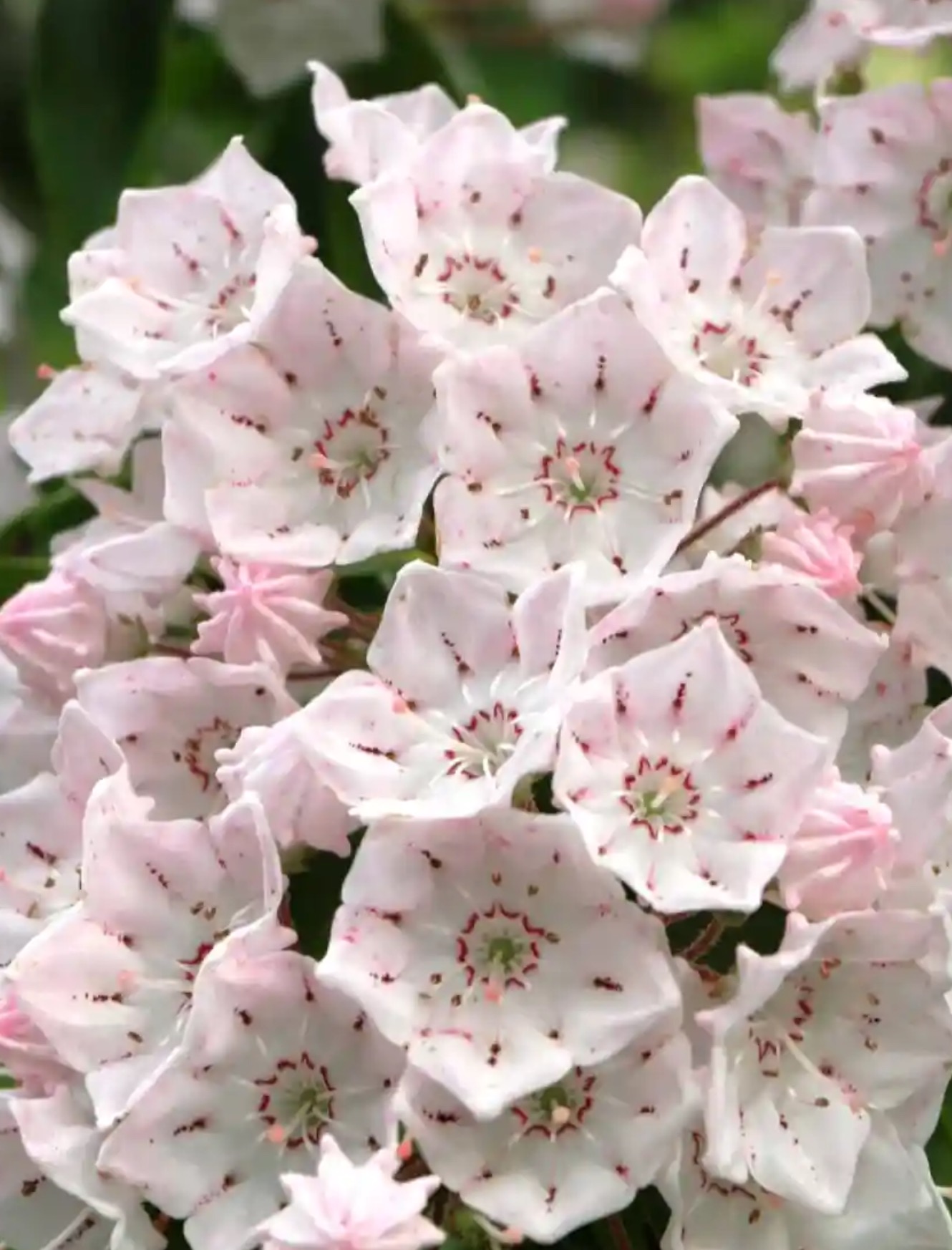
Silky Dogwood
Scientific Name: Cronus amomum
The silky dogwood is a shrub in the dogwood family that usually grows near ponds, streams, wetlands, and around the edges of swamps. It is native to the central and eastern United States. These shrubs grow six to twelve feet tall and can effectively prevent erosion when planted in wetland areas.
Red Chokeberry
Scientific Name: Aronia arbutifolia
Red chokeberry shrubs can grow in a variety of soil types, both wet and dry. This shrub has unique features over all four seasons: bursts of white or light pink flowers in the spring, glossy green leaves in the summer that turn purple or orange-red in the fall, and bright red berries in the fall and winter. The berries of chokeberry plants are edible, but extremely bitter and tart, a quality that gives the plant its name.
Winter Red Winterberry
Scientific Name: Ilex verticillata
This shrub is native to North America, and produces small green-white flowers in late spring that are followed by bright red berries. It prefers moist or wet soil, with a high content of organic material, and often grows near bodies of water in riparian zones. Its berries also attract songbirds!
Mountain Laurel
Scientific Name: Kalmia latifolia
This flowering shrub is native to eastern North America. Mountain laurel flowers are the state flower of Connecticut. The blooms are bell-shaped, light pink in color, and have bright pink spots. They typically flower in late May or early June. These plants can adapt well to a wide range of soil types and conditions.
Native Ferns and Wildflowers
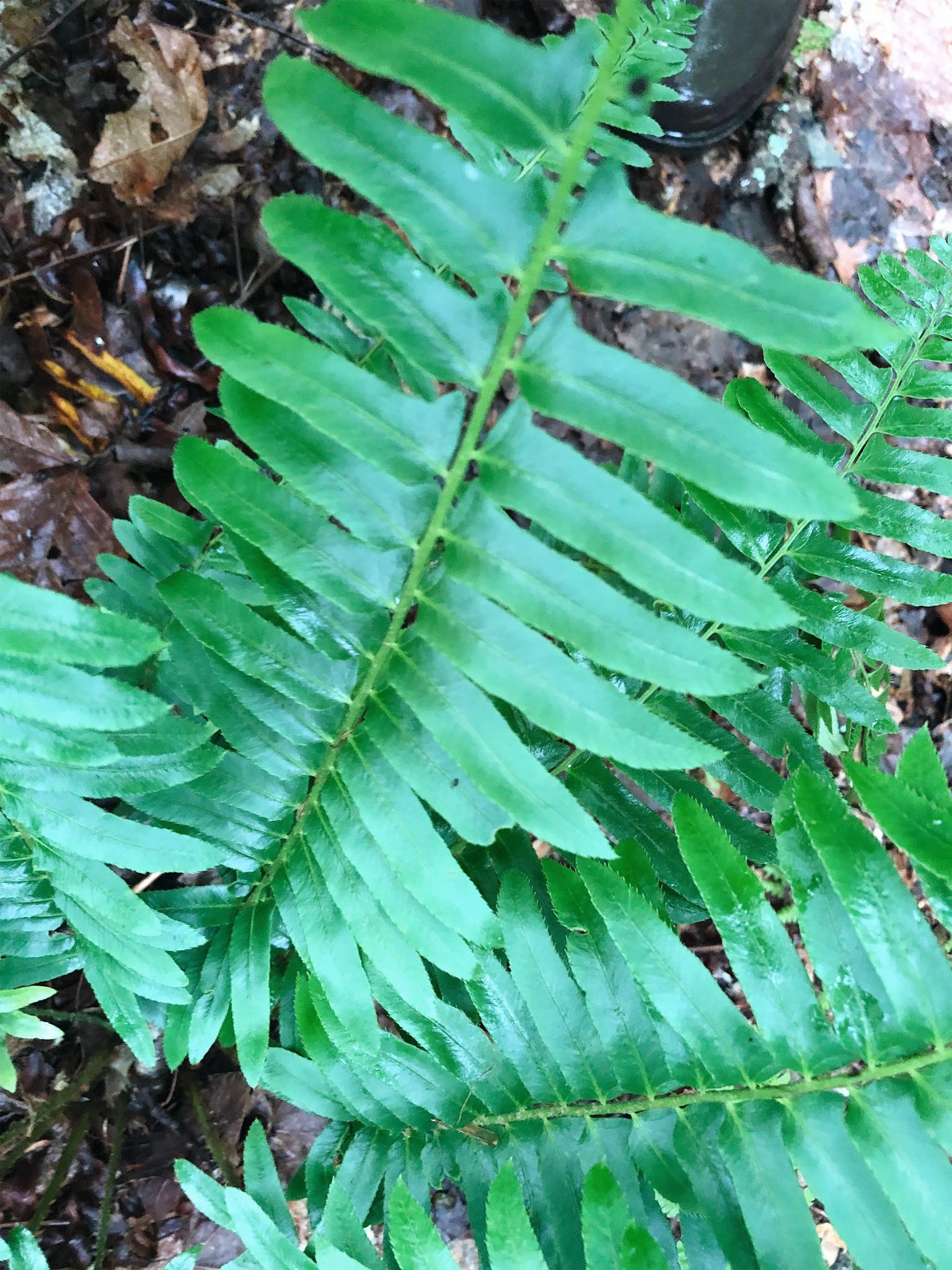
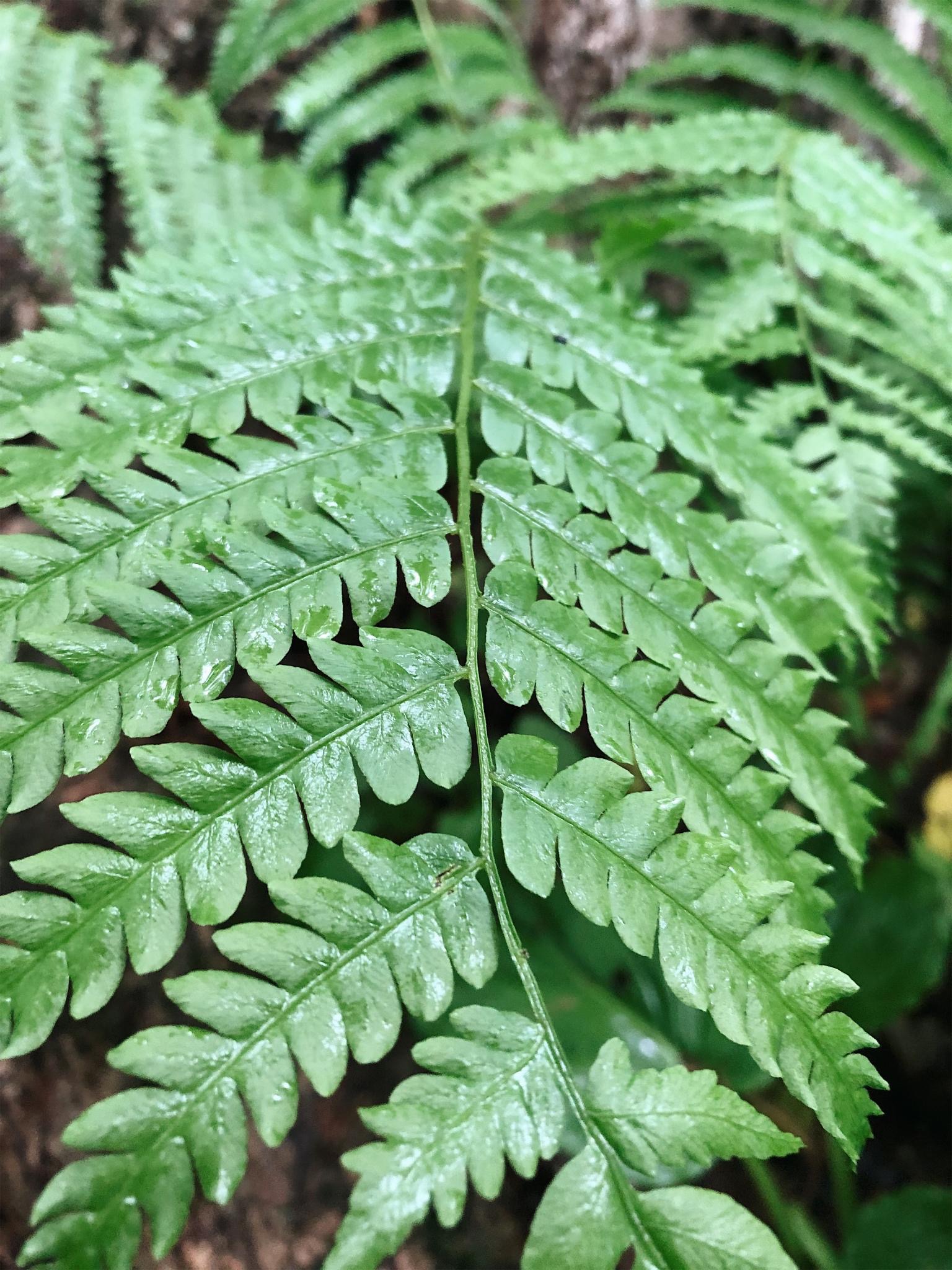
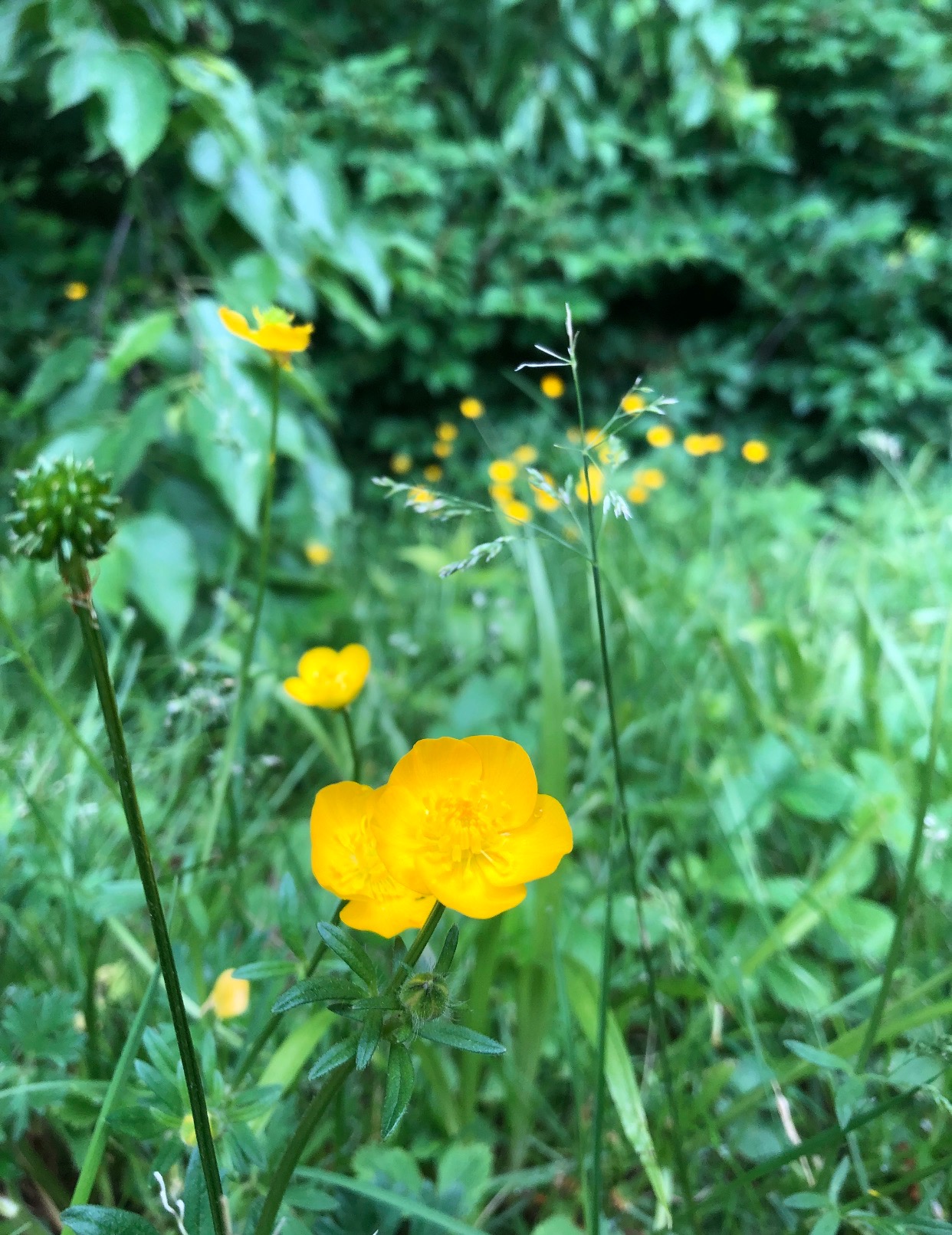

Christmas Fern
Scientific Name: Polystichum Acrostichoides
The green leaves of the Christmas Fern grow up to three feet in length and approximately four inches wide.
The plant has leathery, tough, and lance-shaped leaves that meet in a pointed tip.
The Christmas fern is found on the northeastern part of the United States and the north-central section of the United States.
Christmas ferns are named for their evergreen habit because they do not die in cold weather.
Cinnamon Fern
Scientific Name: Osmundastrum cinnamomeum
Cinnamon ferns are beautiful, tall ferns that grow within moist mountain slopes and swamps of the eastern United States.
Cinnamon ferns reach a height of four feet and have two distinctive types of fronds with different colors and textures.
Fertile, plume-like, cinnamon-colored fronds that grow at the center of the plant give the fern its name. They are surrounded by larger, green, sterile fronds. The contrast between the two creates an appealing, multi-dimensional plant.
Buttercup
Scientific Name: Ranunculus
Buttercups are common in North America and abundant in Wilton. These flowers bloom in the spring and grow throughout the summer. They are opportunistic colonizers and they are common in gardens as weeds. According to an old wives' tale, if you hold a fresh buttercup flower under someone's chin and see a yellow reflection on their skin, the person likes butter!
Foxglove Beardtongue
Scientific Name: Penstemon digitalis
The WLCT has decided to plant additional native Beardtongue in the Schenk’s Island preserve. Foxglove beardtongue is also known as tall white beardtongue. The value in this plant lies within its role in pollination specifically with its fragrance. According to Phenotypic Selection to Increase Floral Scent Emission by Amy Parachnowitsch, there are stronger benefits of reproductive success in P. digitalis associated with fragrance.
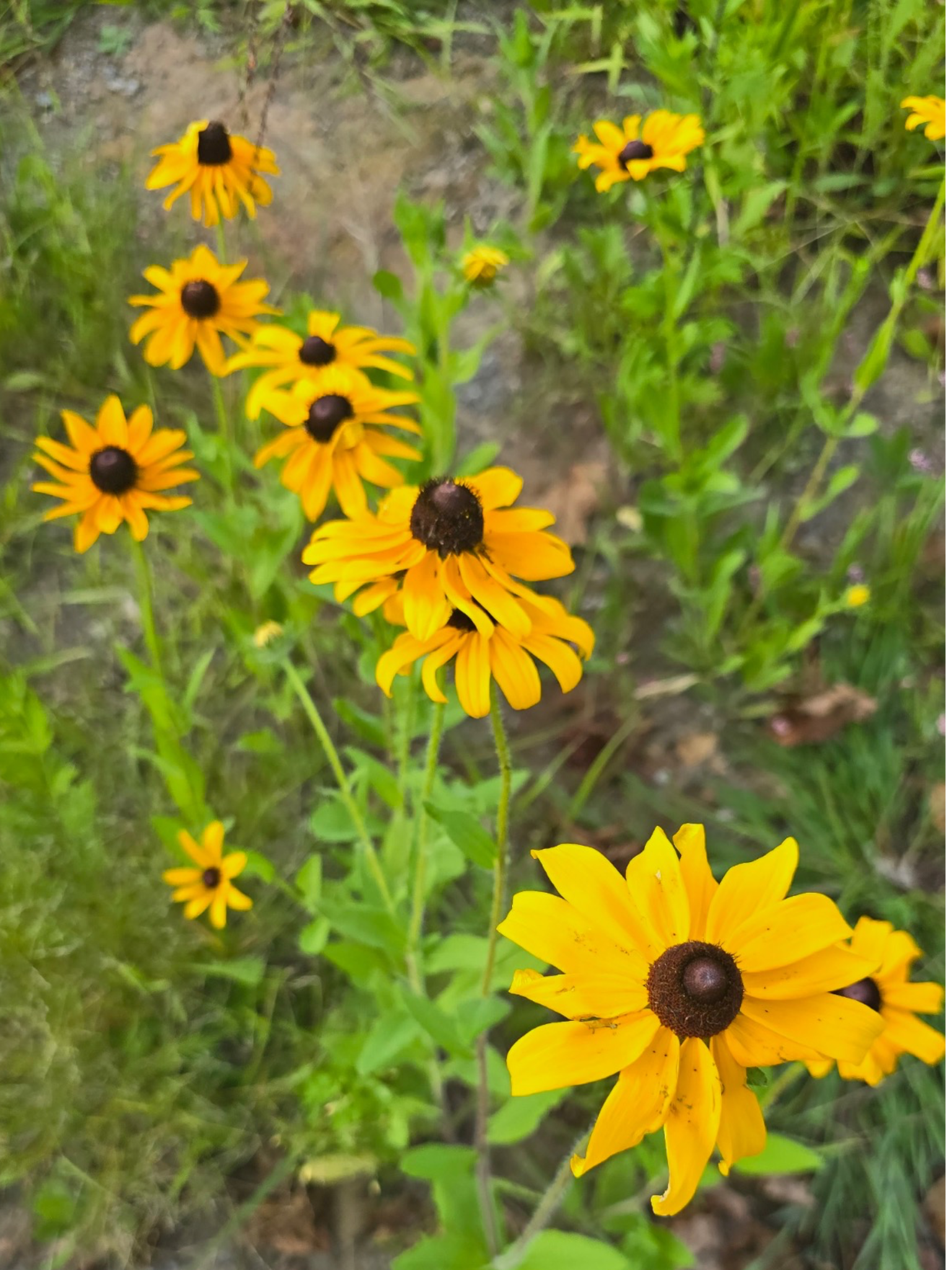
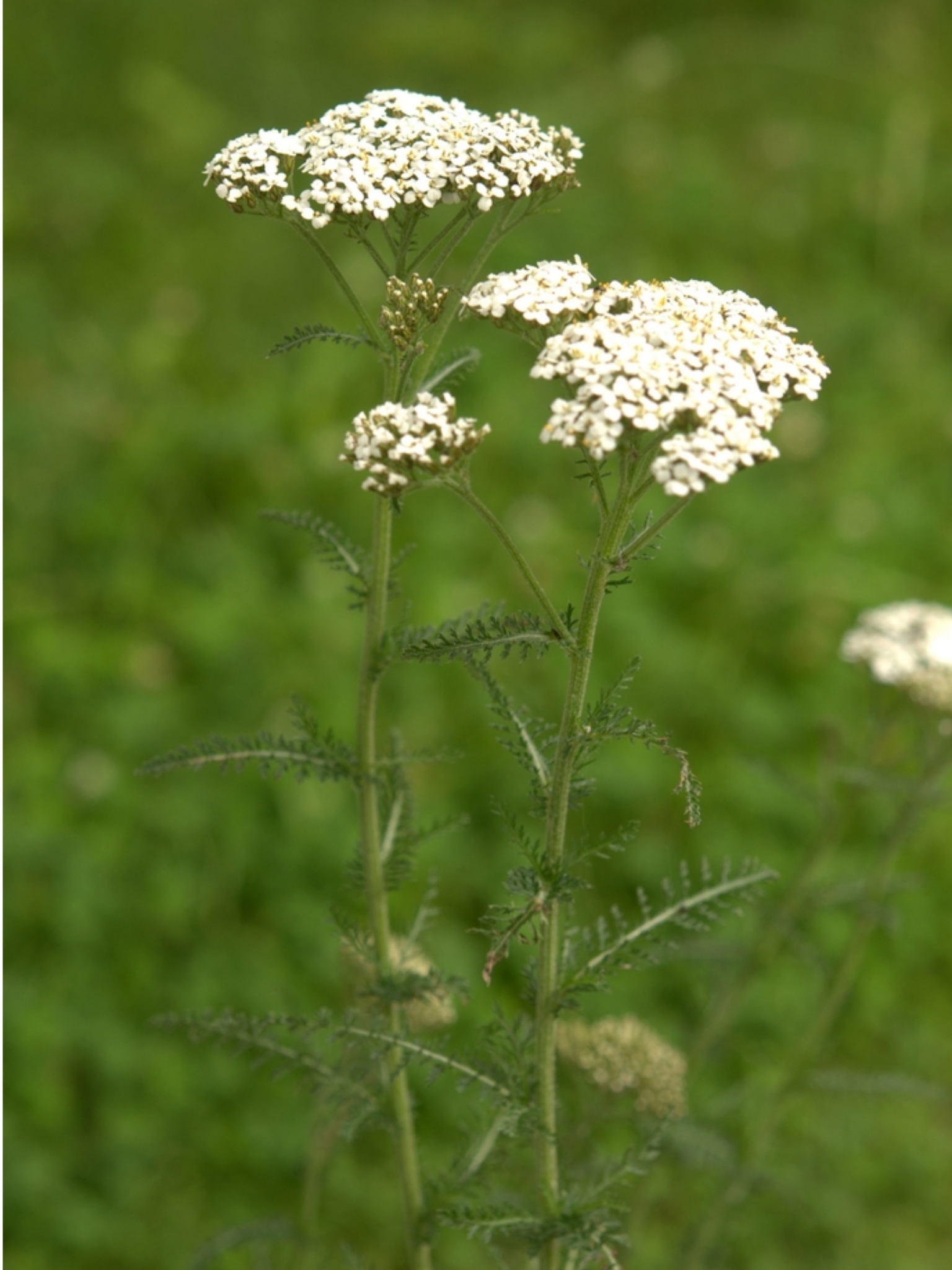

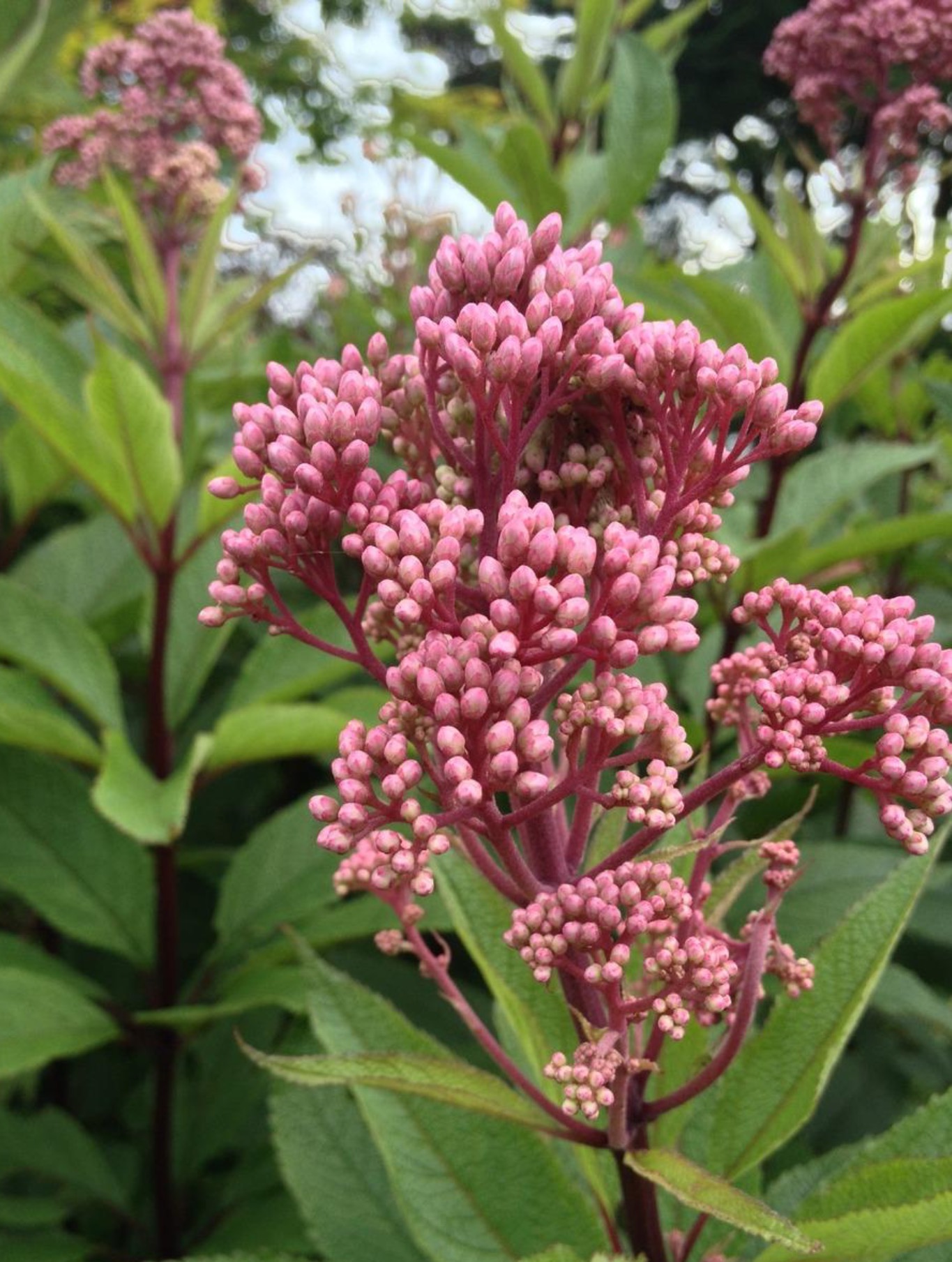
Black-Eyed Susan
Scientific Name: Rudbeckia hirta
Black-eyed Susans are important cover crop flowers when it comes to planting native wildflower meadows. They bloom the first year from seed, allowing the rest of the flowers to become established and providing nutrients for the seasons to come. These flowers attract crucial pollinators, including honeybees, and they host the larvae of several different types of butterflies.
White Yarrow
Scientific Name: Achillea millefolium
Yarrow flowers bloom in June and have recognizably flat-topped, white bursts of flowers. Yarrow is also a crucial flower used to restore native meadows due to its hardiness. These flowers also attract butterflies. Yarrow plants were once thought to be able to prevent bad luck or illness. In fact, modern science may show that yarrow could potentially have many benefits to aid conditions from skin inflammation to multiple sclerosis!
New England Aster
Scientific Name: Symphyotrichum novae-angliae
These herbaceous perennial plants have beautiful, bright purple flowers. The flowers attract butterflies, bees, and other wildlife. The plant can grow to be up to 7 feet tall. It thrives in open fields, meadows, and woodlands, and can often be found at roadsides or forest edges. Its native range extends through most of Canada and the United States, excluding a few southern and western states.
Joe Pye Weed
Scientific Name: Eutrochium maculatum
Joe pye weed is a herbaceous perennial plant native to eastern North America. It grows in moist or wet soil with sun or partial shade, and blooms from summer into fall. It attracts butterflies, songbirds, and honeybees, and offers a food source for wildlife. Its flowers are fragrant and pink, purple, or lavender colored.
